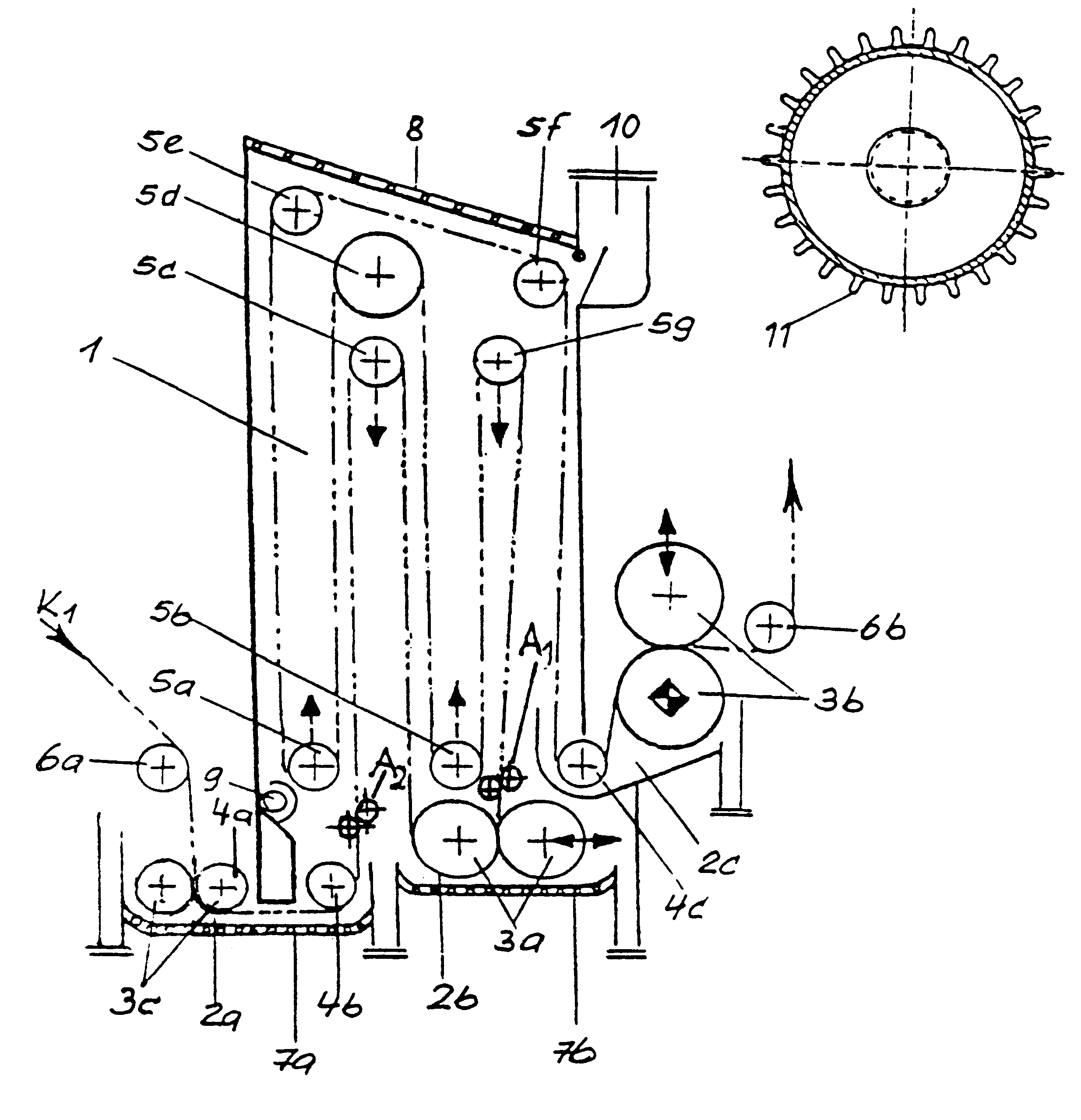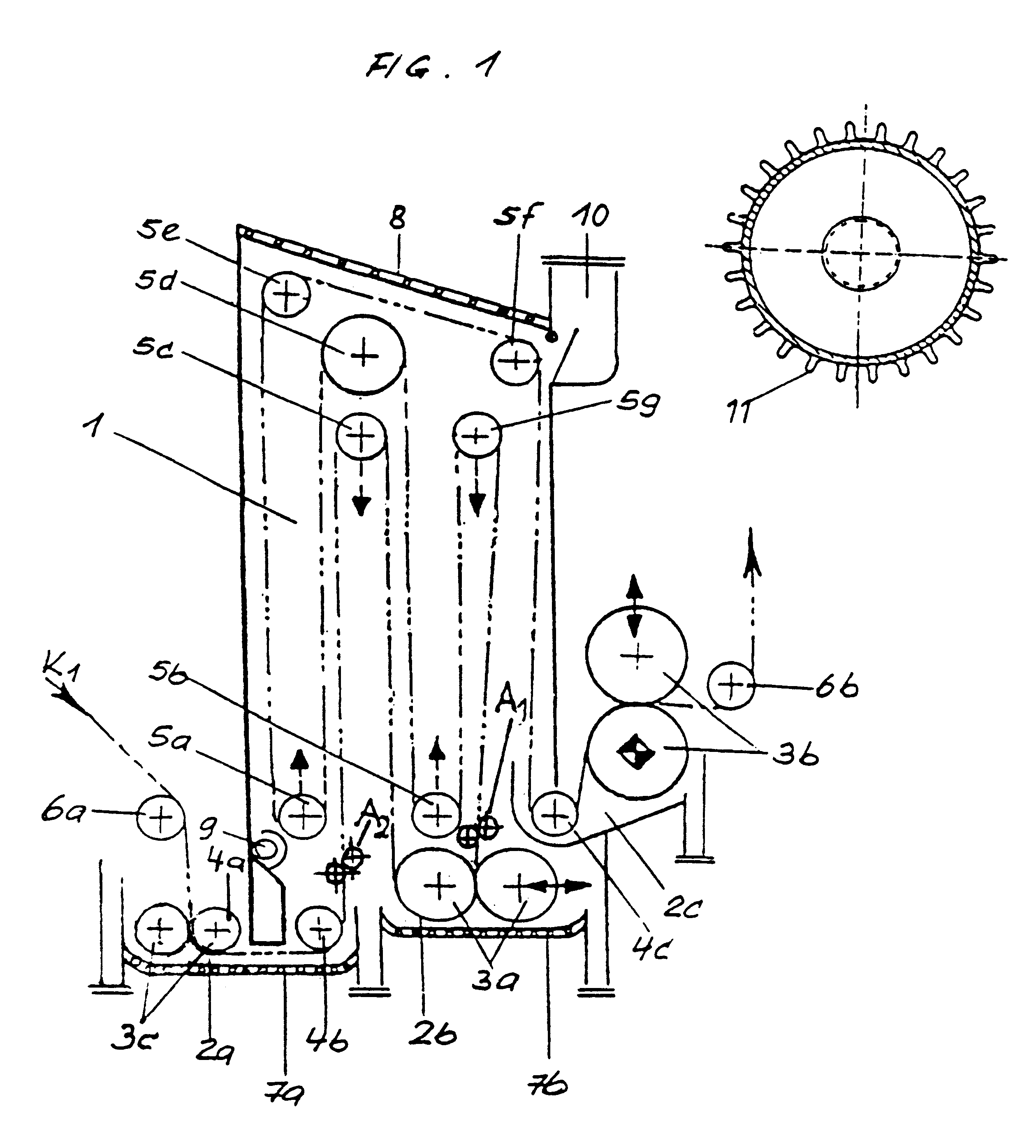Method and device for continuous dyeing of warp ends
- Summary
- Abstract
- Description
- Claims
- Application Information
AI Technical Summary
Benefits of technology
Problems solved by technology
Method used
Image
Examples
example 2
For dyeing black denim or colored denim with a sulphide dye, the procedure is the same in principle as that described in Example 1, except that only the first dyeing vessel 2a is employed here, and the total volume is thus reduced to 150+60+30=240 l.
Moreover, the dyeing liquor is heated to at least 90.degree. C. and the interior space of the reactor is heated by steam to 100.degree.-102.degree. C.
The warp thread intake is advantageously 16 m, since the long dwell time ensures the best dyestuff utilization.
PUM
 Login to View More
Login to View More Abstract
Description
Claims
Application Information
 Login to View More
Login to View More - R&D
- Intellectual Property
- Life Sciences
- Materials
- Tech Scout
- Unparalleled Data Quality
- Higher Quality Content
- 60% Fewer Hallucinations
Browse by: Latest US Patents, China's latest patents, Technical Efficacy Thesaurus, Application Domain, Technology Topic, Popular Technical Reports.
© 2025 PatSnap. All rights reserved.Legal|Privacy policy|Modern Slavery Act Transparency Statement|Sitemap|About US| Contact US: help@patsnap.com



